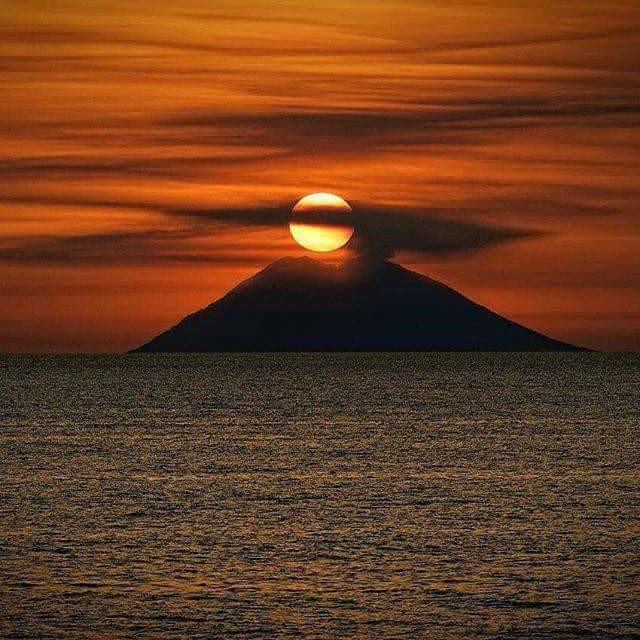The Aeolian Archipelagio
ARRIVE...TOUR...EXPLORE...
...REST...AND...RESTART...
The Aeolian archipelago faces the north-eastern coast of Sicily and is made up of seven islands: Alicudi, Filicudi, Lipari, Panarea, Salina, Stromboli and Vulcano, each of them of volcanic origin and unique compared to the others.
A tour of the Aeolian Islands gives you one surprise after another.
From a landscape-environmental point of view, the Aeolian Islands are unique in the southern Mediterranean, to the point that UNESCO, in 2000, included the islands in the "World Heritage List".
Discover the natural wonders of the archipelago with us. We offer boat rental and unforgettable excursions to the Aeolian Islands from Lipari.
THE AEOLIAN ISLANDS
Lipari
The largest of the islands, formerly called Meligunis, from the Greek Melos (sweet) because of the climate, Lipari has been inhabited since the Neolithic period (3500 ° BC).
A boat trip around the island allows you to discover wonderful landscapes, a varied coast, deep caves and wide bays.
The White Beach is one of the best known attractions for the color of the seabed, on which there are pumice sediments deposited in the sea over the years.
To the south of the island, towards the channel that separates Lipari from Vulcano, the two Faraglioni stand out, majestic rock giants on which there is a large number of plant species such as the famous Aeolian cornflower.
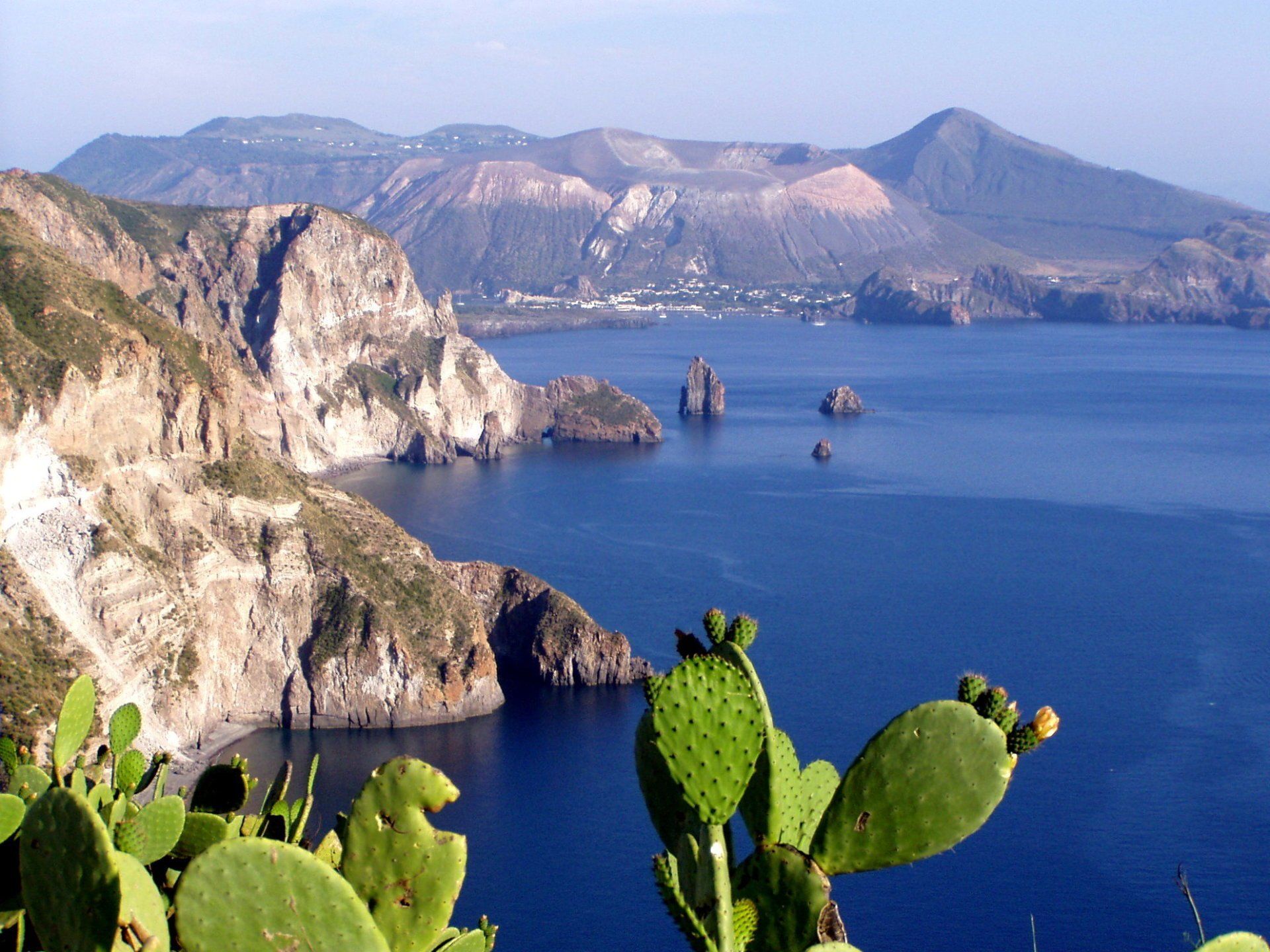 Button
Button
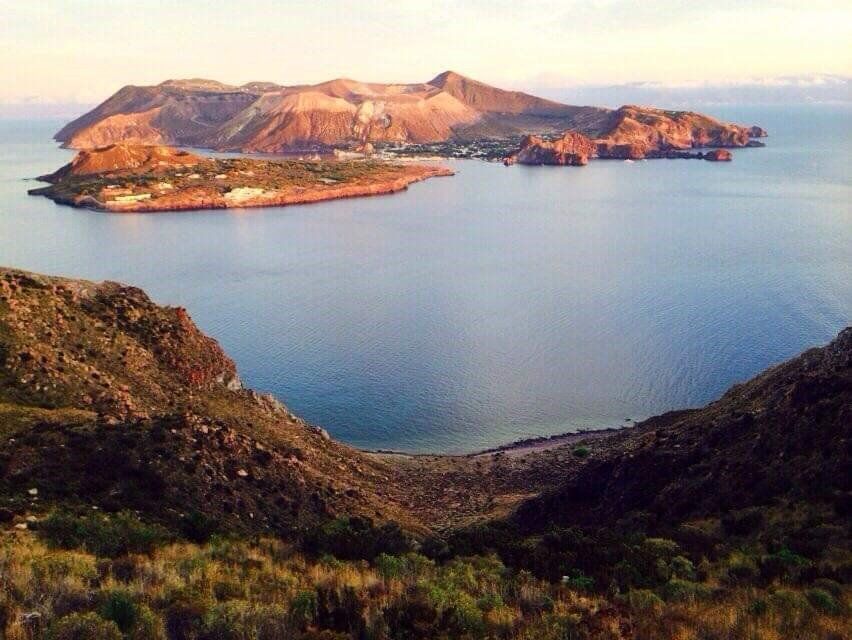 Button
Button
Vulcano
The ancient Hierà (sacred), once considered the home of the god of Fire, is the southernmost island and closest to Sicily. Lentia, Vulcano Piano, Fossa di Vulcano and Vulcanello are the four volcanoes that compose it.
Among the destinations not to be missed, is undoubtedly the Pool of Venus, a shallow and clear pool, and the Grotta del Cavallo, whose name derives from the presence (in the past) of seahorses, which swam in green and blue waters.
Salina
Salina is characterised by two large extinct volcanic cones, that are almost identical in shape: Fossa delle Felci and Monte dei Porri. Hence its ancient denomination of Didjme, twins.
On a tour of the Aeolian Islands in Salina you cannot miss the Pollara beach, an enchanting strip of land in the shape of an amphitheater of stones and gravel. Next to it is the Balate bay, named after the ancient mooring places for boats, set in the rock.
Crossing the blue sea to the north you can enjoy the view of the Scoglio del Perciato, a majestic and imposing natural arch.
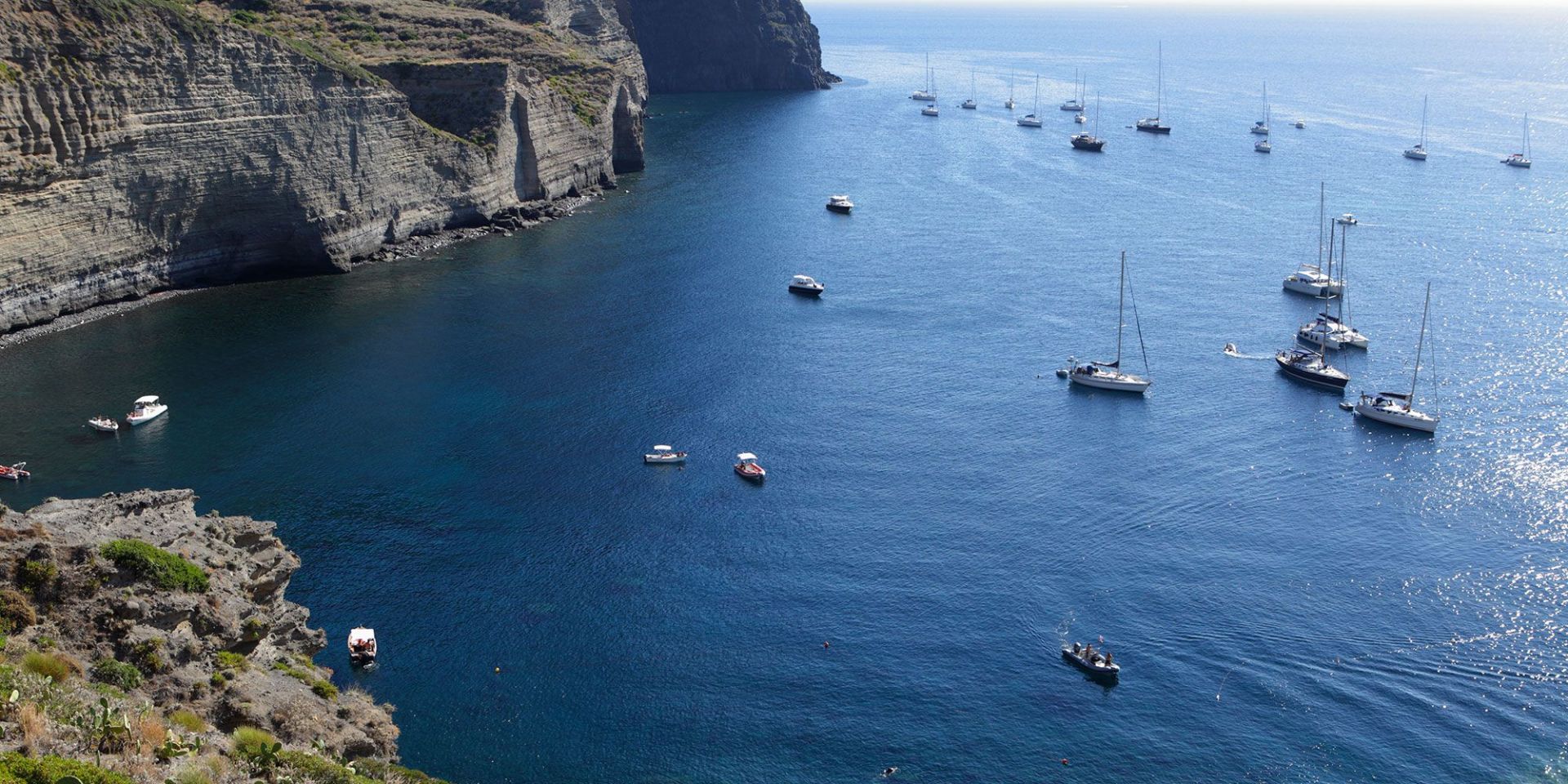 Button
Button
 Button
Button
Panarea
Panarea, the ancient Hjcesia, is the smallest island of the Aeolian Islands, framed by the nearby islets of Lisca Bianca, Lisca Nera, I Panarelli and the Formiche.
The island is known for the important building remains of the Roman period, found on the rock of Basiluzzo.
Among the most popular beaches is that of Cala Junco, a natural swimming pool among the rocks; Cala degli Zimmari, the only sandy beach, also known as the "red beach" due to the striking colour of the soil.
Stromboli
Made famous for tourism in the 1950s by the film Stromboli, Terra di Dio by Roberto Rossellini and Ingrid Bergman, the island has been inhabited since the Bronze Age.
Its namesake volcano, about 920 meters high, is the fifth active crater in the world. A tour of the Aeolian Islands in Stromboli will allow you to witness the evocative spectacle of its explosions from the sea, and the falls of the lava flows along the Sciara del Fuoco.
Also part of the island is Strombolicchio, the oldest volcanic mass of the Aeolian Islands 56 m high and about a mile away from Stromboli, on which there is a lighthouse still in operation.
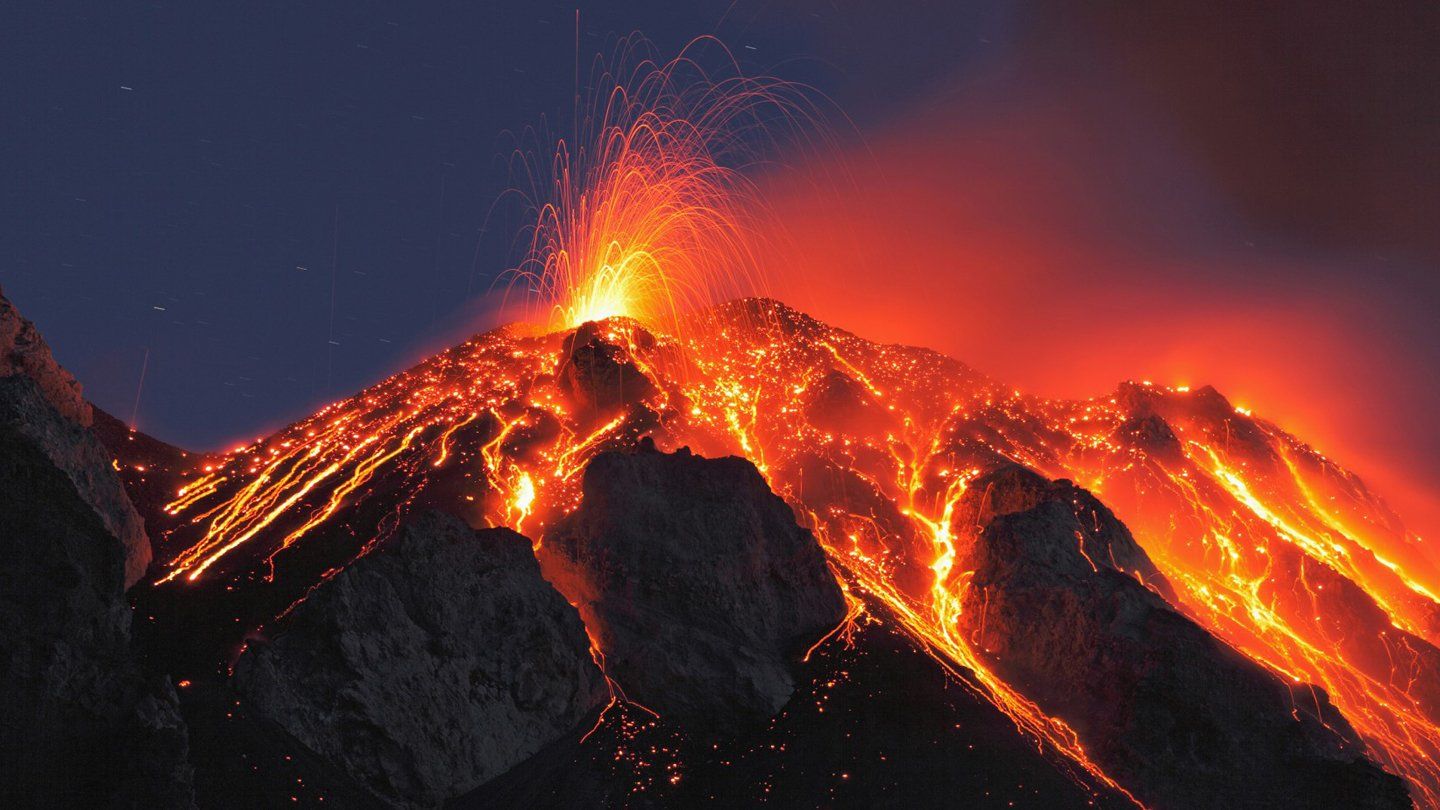 Button
Button
 Button
Button
Filicudi
On the island of Filicudi, the last stop on an ideal tour of the Aeolian Islands formerly called Phenicusa (full of ferns), the Fossa delle Felci stands majestically, an extinct volcano 774 meters high.
Don't miss a visit to the "Grotta del Bue Marino", the largest grotto of the Aeolian Islands. It takes its name from the monk seals that lived there and offers particular plays of light, as well as the lapping and bellowing of the sea among the rocks.
Also very interesting are the ruins of the Neolithic village on the Capo Graziano promontory. Recently other ruins have been brought to light (also in the Capo Graziano area) called the Ruins of Filobraccio. The finds testify to the presence on the island, during the Neolithic period, of a flourishing industry and processing of obsidian. There is a section of the Aeolian Archaeological Museum on the island, with finds from the excavations of Capo Graziano and from other areas of the Aeolian Islands.
Going north, you arrive at a protected nature reserve, where you can admire the suggestive “La Canna” monolith and the “Montenassari” rock.
Alicudi
The island of Alicudi is the westernmost of the Aeolian archipelago and is located about 34 nautical miles (almost 63 km) west of Lipari. It is dominated by Mount Filo dell'Arpa, whose toponym derives from the dialectal term harp or harpazza with which the buzzard is indicated. The layout of the island is almost circular, with an area of about 5 km², with steep and rugged coasts, and constitutes the emerged part, which is 1,500 m depth from sea level.
The beaches of the island are made of pebbles and rocks and the winter storms make them move backwards or forwards, sometimes leaving a few strips of dark sand. The tour of the island is possible, but presents the risk of falling stones, moved by the wind or by wild goats, and requires swimming around some rock formations.
The island is partly protected as it is part of a natural park with marked trails; we rely on the sensitivity of visitors to pay attention to the risks of summer fires and to the protection of flowers, essences, insects and wild animals.
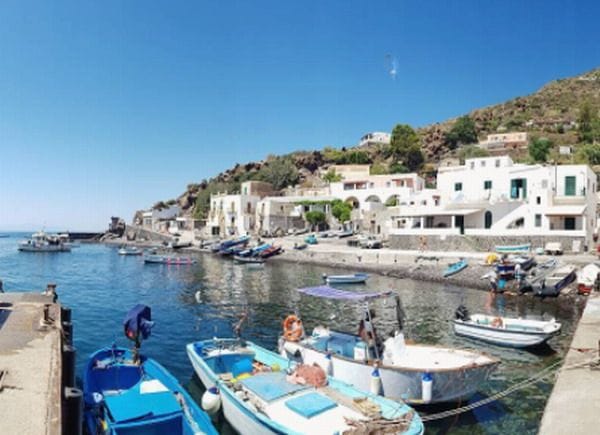 Button
Button
Write to us to book a tour of the Aeolian Islands
AVGVSTVS FLY MARINE the oceanic of the Sea ...
... RIB OF EXCELLENCE ...
AVGVSTVS FLY MARINE
Vico Ausonia 14 - 98055 Lipari (ME)
+39 335 6529150 | +39 338 8675606
|
+39 338 5420204



